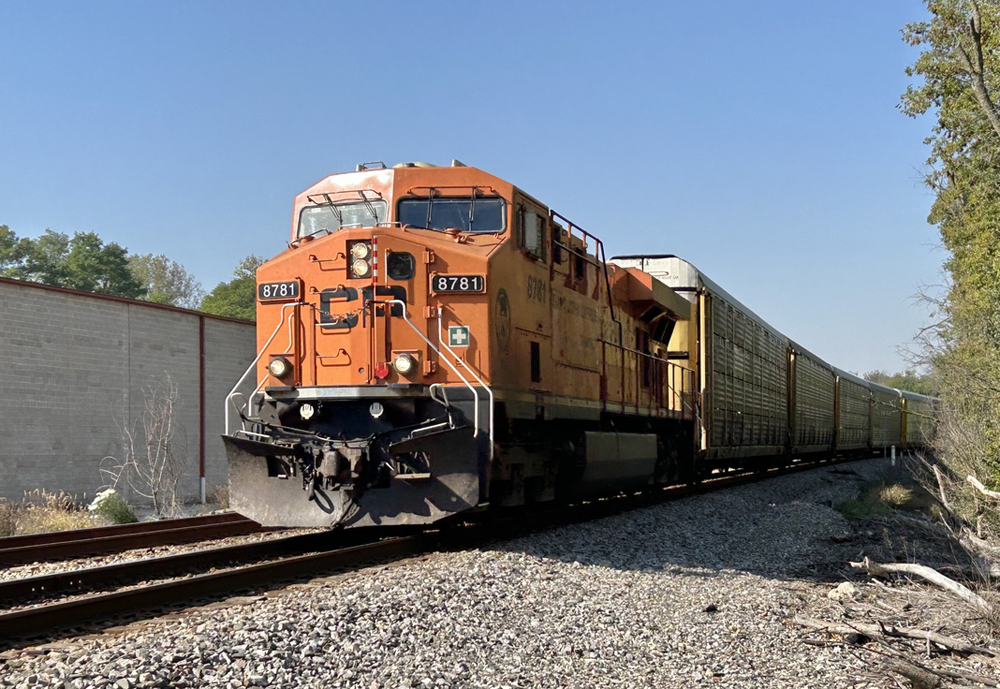
NEW YORK – Executives from Canadian National, CPKC, CSX, and Norfolk Southern poured cold water on talk about potential Class I railroad mergers during an investment conference this week.
Mergers have become a hot topic in some railroad boardrooms in recent months amid stagnant rail volume, revenue, and stock prices. Some see a U.S. transcontinental merger as a way to jumpstart volume and earnings growth.
CPKC CEO Keith Creel, who put together the historic 2023 merger of Canadian Pacific and Kansas City Southern, took a dim view of transcontinental mergers. The Surface Transportation Board’s tougher 2001 merger review rules are an insurmountable barrier, he said this morning.
“There’s always been an argument why it could make sense, but the arguments would have to be able to ignore the regulatory risk that is undeniably there,” Creel says.
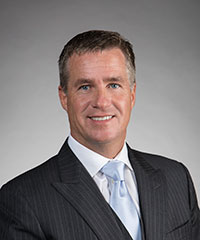
The CP-KCS deal was judged under the STB’s old merger review rules. “The standards that we had to meet to get our deal approved pale in comparison to the standards that are untested in the new merger rules: To create a network that not only protects competition, but enhances competition, that protects service and enhances service,” Creel says. “There is … not a hill of regulatory risk to climb. There’s mountains of regulatory risk.”
And that risk, he says, outweighs any benefits that might flow from a transcontinental merger.
“So quite frankly, I don’t think it’s necessary. I don’t think it’s needed. I don’t think it’s realistic,” Creel says.
The CP-KCS merger boosted competition, prompted other railroads to launch new interline cross-border service, and was accomplished without the service problems that followed the Union Pacific-Southern Pacific merger and the CSX and NS split of Conrail three decades ago. Could CPKC serve as a template for a transcontinental merger?
No, Creel says, because there was zero overlap between the CP and KCS systems, so no customers were left with fewer rail options — and shippers wound up with more rail choices. “Those facts simply don’t exist with any other proposed merger that might be out there,” Creel says.
CN CEO Tracy Robinson said industry chatter about mergers — something she says has always existed — increased after President Donald Trump was elected.

“But as you look at it from a rail perspective, the bar is pretty high,” she said on Tuesday, noting that the merger review rules require railroads to show their combination would improve — rather than merely not harm — competition.
“So that’s a high bar. That doesn’t mean that it’s not possible and someone won’t take a run at it,” she says.
“You never say never on any of these, which is why there’s still chatter. And so I’m sure that everyone does the game theory around the different kind of combinations and permutations,” Robinson says of railroads sizing up their potential merger partners and scenarios. “And that’s the right thing to do from a governance perspective. We should always be looking at the best way to serve our customers, and there’s different ways to do that.”
CN is nurturing interline partnerships that aim to replicate single-line service. In the past two years, CN has launched new interline intermodal service with Union Pacific and Ferromex to reach Mexico and with Norfolk Southern to reach Kansas City and Atlanta.
“Right now, we’re pretty focused on making sure that we’re serving our customers well … The best way to do that is with the right kind of partnerships with our connecting railroads, whether it’s short lines or Class I’s,” Robinson says.

Norfolk Southern Chief Financial Officer Jason Zampi said he can see the advantages of a railroad that reaches from coast to coast.
“I see a lot of benefit in a transcon merger. I think there could be a lot of synergies there and cost takeout,” Zampi said on Tuesday. “But I also view the regulatory framework as pretty challenging right now.”
That said, does the Trump administration’s pro-business, anti-regulatory stance mean the timing might be right for a pair of Class I railroads to make the first attempt at a merger under the STB’s 2001 rules? “I don’t know. We’ll see how it shakes out,” he says.
But right now Zampi says NS is focused on its core strategy of boosting productivity while providing reliable service that will lead to growth in volume, revenue, and profits.
CSX Chief Commercial Officer Kevin Boone says mergers are not required to boost railroad stock prices, which have been relatively stagnant for the past few years.

“We think there’s a lot of untapped value that we can control and drive from a share price perspective,” he says, adding that a merger is not the focus of the CSX management team.
Last month Union Pacific CEO Jim Vena told Trains that a transcontinental merger would improve service, divert freight off the highway, and help U.S. exporters and importers better compete in global markets.
Vena also contends that a Class I merger proposal could gain STB approval when the timing is right. “I’ve always thought that it was possible,” he says. “Now whether we’re in the right situation with everything – who knows and we’ll see what happens.”
BNSF Railway told Trains that it doesn’t see a catalyst for a merger, noting that customers, policymakers, and communities don’t favor further consolidation in the rail industry.
The CN, CPKC, CSX, and NS executives spoke at the Wolfe Research 18th Annual Global Transportation & Industrials Conference.






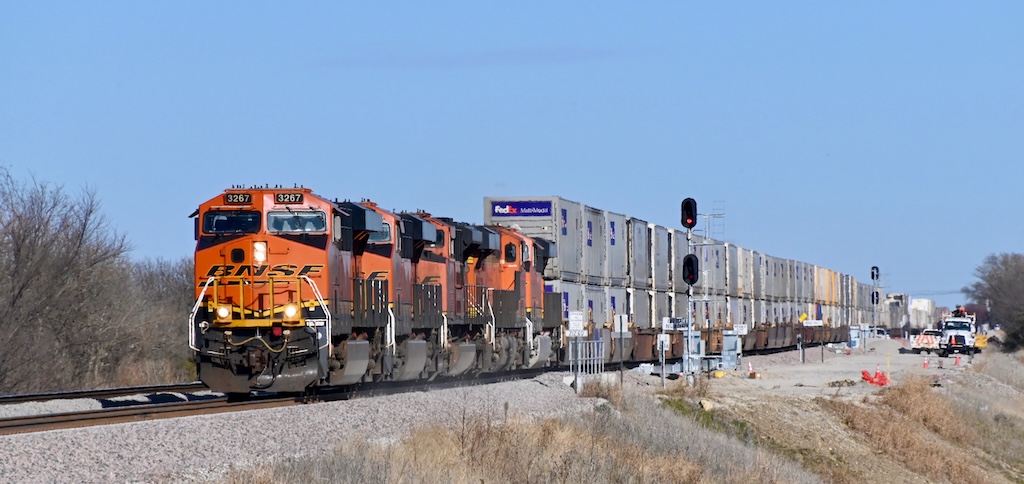


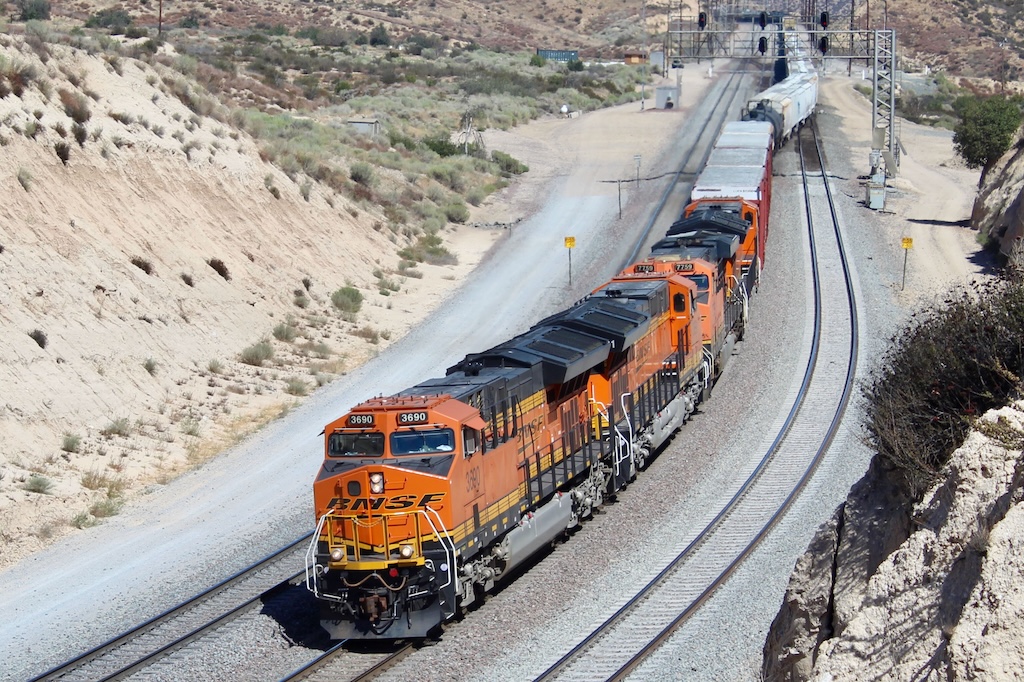
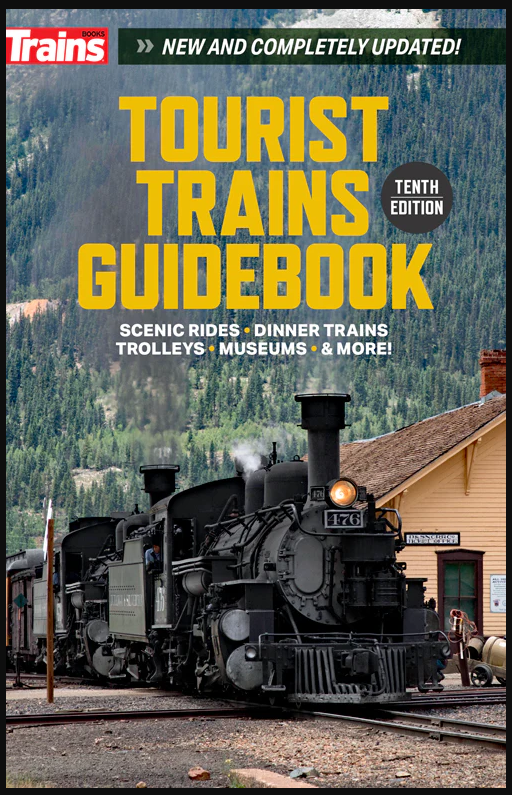
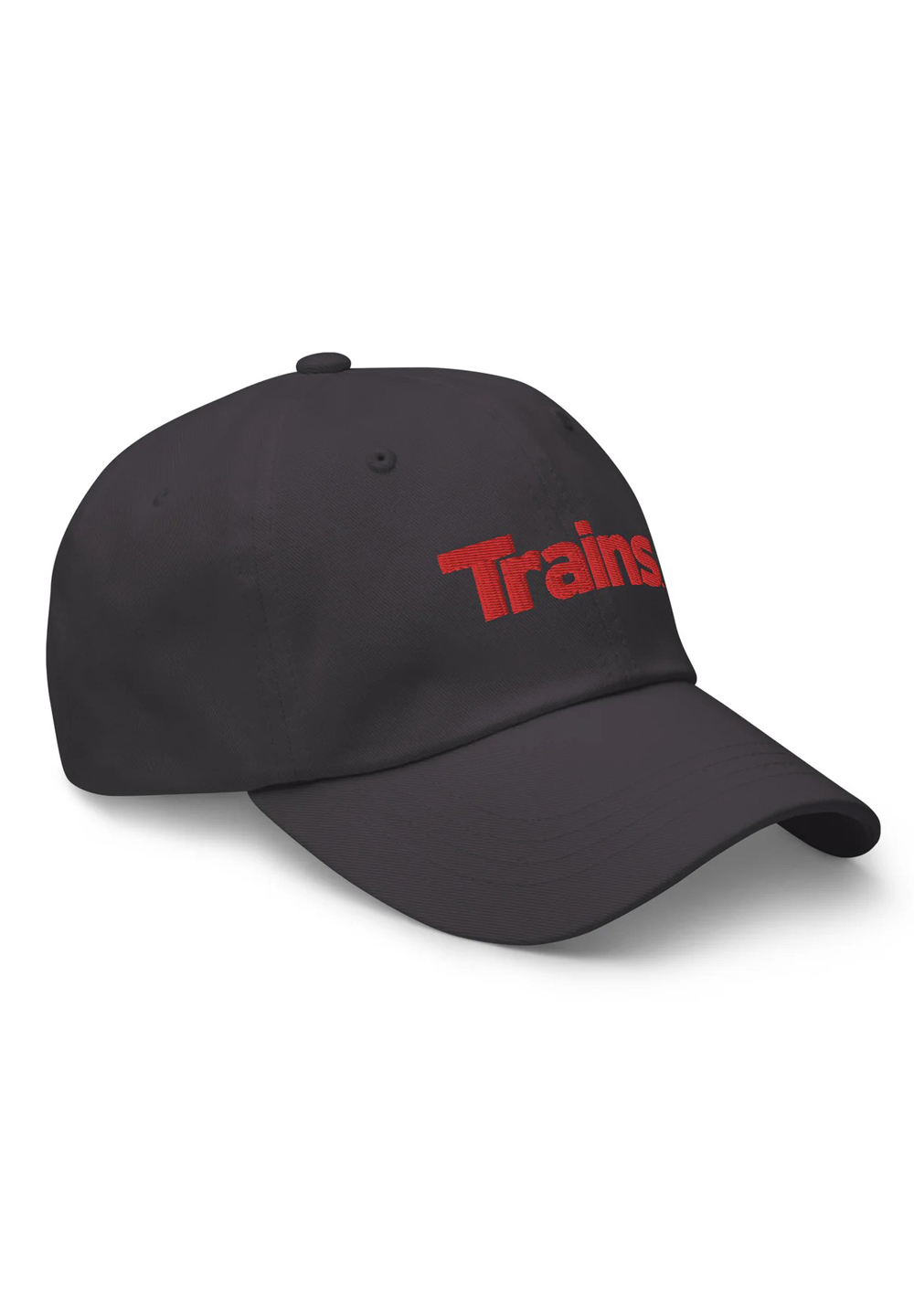
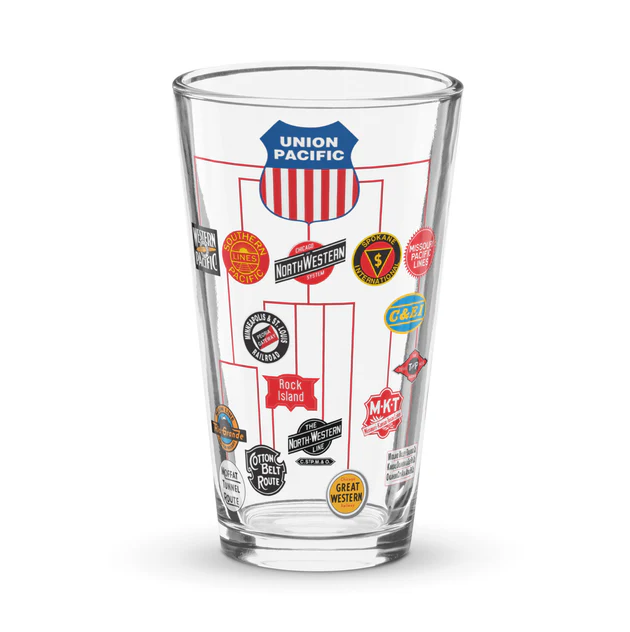
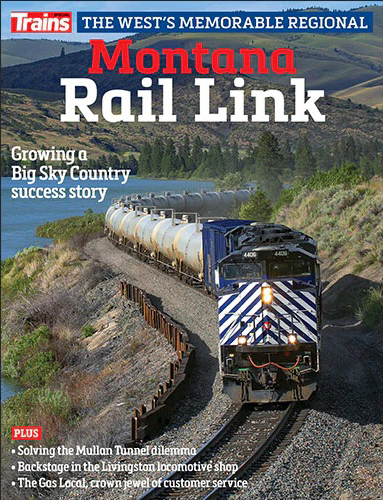
Our “US transcons” are in plain sight, but no one wants to “be first.”
– CSX+UP
– NS+BNSF
I am sure you have heard of the word Competition. Well, with even less railroads, the customers, have even less competition among retail roads. there were once over 50 Class 1 Railroads. Back then, the customer, was always Right!
It is often said, by the railroads requesting the merger, that it will get more Trucks off the road. The opposite seems to be true.
Management, now are relying more on government funding, only it always comes with strings attached.
CPKC and CN already have transcontinental railroads so their opposition to the competition merging is understandable, if shortsighted.
A transcontinental merger makes great sense from an operating efficiency standpoint. Even if Wall Street’s misplaced emphasis on quarterly results gets in the way, it does not mean that it is not a good idea. It is.
I totally agree. In addition the CPKS opens ports in Mexico to that Transcontinental.
Warren Buffet could create a coast to coast railroad yesterday with the pile of cash he is sitting on.
Given the inflexibility of railroads compared with trucks, transcon mergers are inevitable. And, with its border-to-border connectivity and penetration across three adjacent countries, CPKC has nothing to say about what “can’t be done”.
Class 1’s are extremely lazy. UPS can’t even get 2 of the 4 to cooperate for a transcon express without charging them through the roof. They just don’t want to do it, so do you think another round of mergers will improve service? If they see cost savings, it would be in the corporate suite, not on the ground. That is why they don’t want to do it.
The hedge funds have all of these guys so wound up on the ratio, any kind of merger would just trigger another round of route selloffs or spinoffs.
If you merge any of the 6, then something would have to change hands. Something would have to be given to another and for that reason alone, it wont happen.
If the STB told the entities that if the merger were to occur there would have to be 4 US transcon carriers when it is all said and done, not just 2, it would be dead on arrival.
Maybe these men and women read the negative comments on this TRAINS MAGAZINE forum.
Not a chance. Warren Buffet would say “what’s a forum?”
If the benefits of a transcontinental railroad really exists like they say, there are ways to reap those benefits without another massive merger and all the problems that come with that. For example, UP and CSX can create a new 50/50 subsidiary with the old CNW mainline from Clinton Iowa to Chicago with the old B&O to Willard Ohio. Traffic would pass through Chicago seamlessly as it would be one railroad. Just like interdivisional traffic does. The rates would be split like Conrail Shared Assests are. UP and CSX benefits from the transcontinental traffic. Traffic between Iowa and Ohio benefits from another rail option with increased competition. Win/Win solutions.
They won’t keep this on the back burner long….they can’t chase new business where they are…so just make a bigger company….look like it makes more money on paper…but it doesn’t in actuality….still they will be pressured to do something…